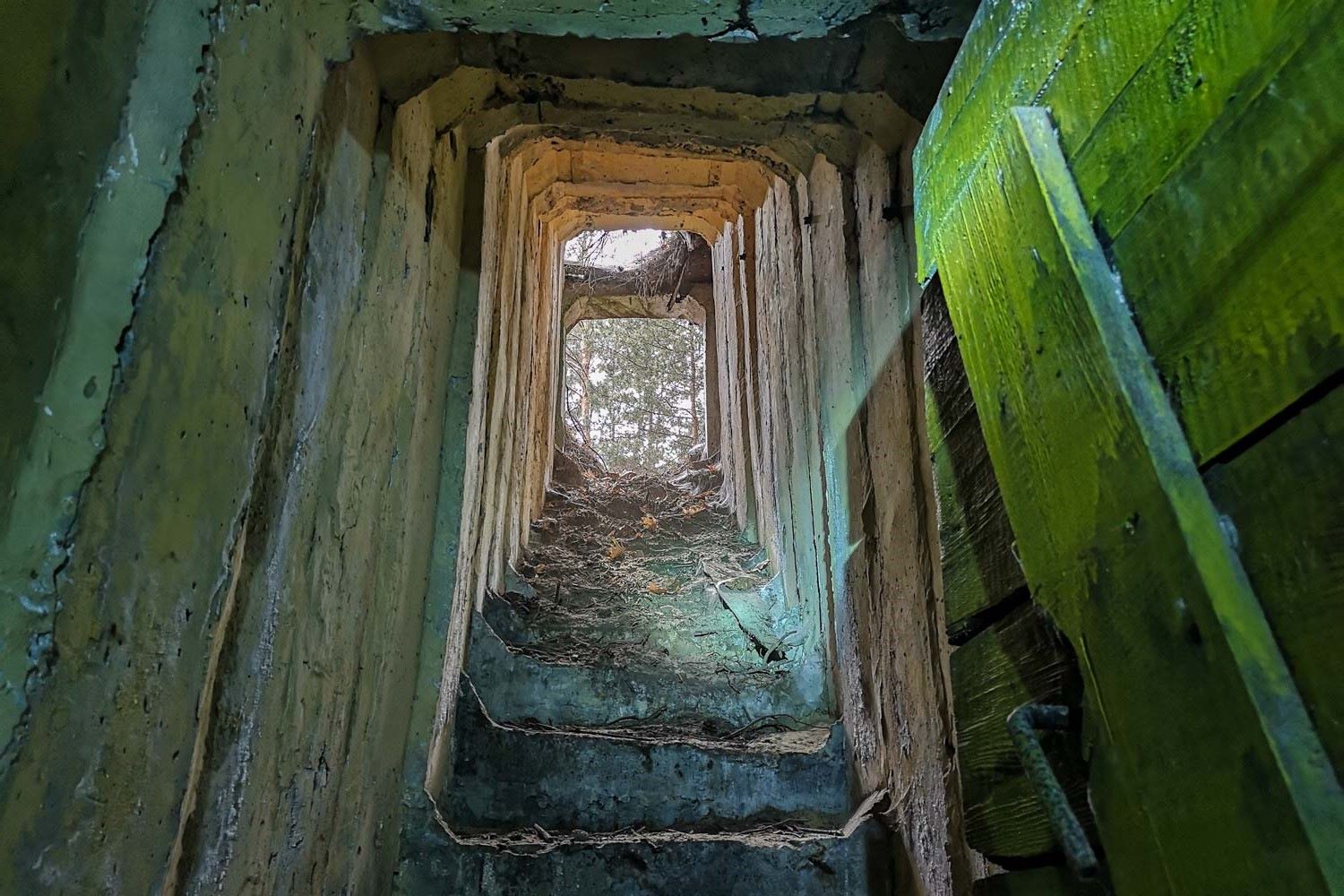Hidden Cold War Bunkers

Ever wondered about the secret places hidden beneath our feet? Cold War bunkers are some of the most intriguing spots you can visit. These underground shelters, built during a tense period in history, offer a glimpse into a world prepared for the worst. Imagine walking through tunnels that once held supplies for survival or rooms where critical decisions were made. Some of these bunkers have been turned into museums, while others remain untouched, frozen in time. Whether you're a history buff or just curious, exploring these hidden gems can be an unforgettable experience. Ready to uncover the secrets of the past? Let's dive into the world of Cold War bunkers.
Hidden Cold War Bunkers
The Cold War era left behind many secrets, including hidden bunkers scattered across the globe. These bunkers, once top-secret, now offer a glimpse into a tense period of history. Let's uncover some of the most fascinating hidden Cold War bunkers.
Europe’s Secret Shelters
Europe, a central stage during the Cold War, houses numerous bunkers that tell tales of espionage and preparation for nuclear war.
Berlin, Germany: Beneath Berlin lies the Berliner Unterwelten, a network of bunkers and tunnels. These underground structures were designed to protect civilians and government officials during potential nuclear attacks.
Moscow, Russia: The Bunker-42, located 65 meters below Moscow, served as a command center for the Soviet Union. Today, it operates as a museum, offering guided tours that showcase Cold War relics and technology.
Stockholm, Sweden: The Pionen White Mountains, originally a Cold War bunker, now houses a high-tech data center. This facility, built into solid rock, was designed to withstand nuclear blasts.
North America’s Hidden Fortresses
North America also prepared for the worst during the Cold War, constructing bunkers to protect key personnel and maintain government functions.
Cheyenne Mountain, USA: Deep within Cheyenne Mountain in Colorado, the North American Aerospace Defense Command (NORAD) bunker remains operational. This facility, built to withstand a nuclear attack, continues to monitor North American airspace.
Montreal, Canada: The Diefenbunker, named after Prime Minister John Diefenbaker, is located near Ottawa. This four-story underground bunker was built to house key government officials during a nuclear attack. It now serves as a museum.
Greenbrier, USA: Hidden beneath the Greenbrier Resort in West Virginia, this bunker was intended to house Congress in the event of a nuclear war. The facility remained a secret for over 30 years before being decommissioned.
Asia’s Underground Enigmas
Asia, too, has its share of Cold War bunkers, reflecting the global nature of the conflict.
Beijing, China: The Underground City, a vast network of tunnels beneath Beijing, was constructed to protect residents from potential nuclear attacks. Though parts of it are now closed, some sections remain open for tours.
Pyongyang, North Korea: North Korea’s underground facilities are shrouded in mystery. The Kumsusan Palace of the Sun, originally a government bunker, now serves as a mausoleum for the country’s leaders.
Seoul, South Korea: The Seoul Metropolitan Subway System doubles as a network of bomb shelters. Built during the Cold War, these tunnels were designed to protect citizens from potential attacks.
Hidden Bunkers in the United Kingdom
The UK, a key player in the Cold War, constructed numerous bunkers to safeguard its government and citizens.
Corsham, England: The Burlington Bunker, located beneath Corsham, was designed to house the British government in the event of a nuclear war. This vast underground city could accommodate up to 4,000 people.
Kelvedon Hatch, England: The Secret Nuclear Bunker in Kelvedon Hatch, Essex, was built to protect government officials. Today, it operates as a museum, offering a glimpse into Cold War preparations.
Scotland: The Scotland Secret Bunker, located near St. Andrews, was constructed to serve as a command center. This underground facility, hidden beneath a farmhouse, is now open to the public.
Hidden Cold War Bunkers: A Glimpse into History
Hidden Cold War bunkers offer a fascinating peek into a tense period. These structures, built to protect against nuclear threats, now serve as historical artifacts. Exploring them reveals the fears and strategies of the past. Many bunkers are open for tours, providing a unique educational experience. They remind us of the importance of preparedness and resilience. Visiting these sites can be both thrilling and sobering. It’s a chance to step back in time and understand a world on the brink of disaster. Whether you’re a history buff or just curious, these bunkers are worth a visit. They stand as silent witnesses to a bygone era, offering lessons for the future. So next time you plan a trip, consider adding a Cold War bunker to your itinerary. It’s an adventure you won’t forget.

